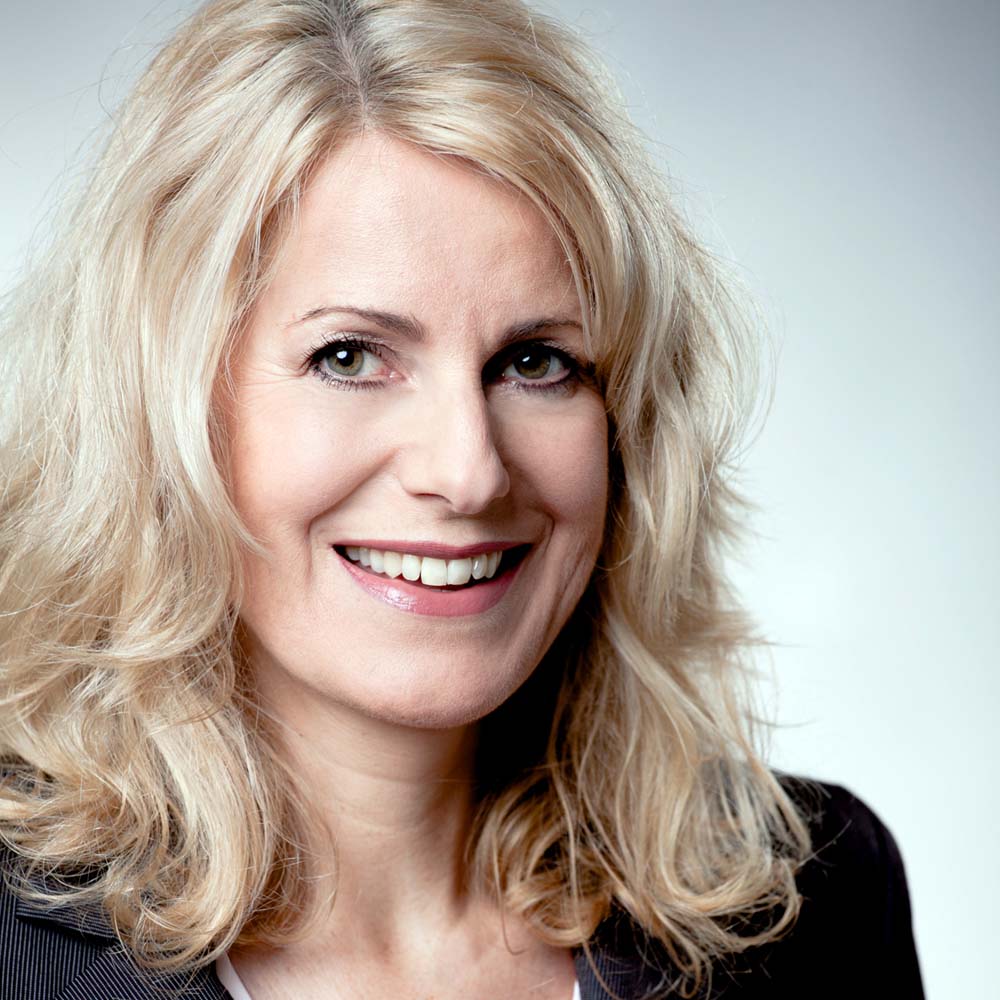Beyond Tobacco
- Financial Harm Reduction Print Edition
- May 1, 2020
- 0
- 11 minutes read


British American Tobacco prepares for a radically different future.
By Stefanie Rossel
Less than a year after taking over as British American Tobacco’s (BAT) new CEO, Jack Bowles has already left a distinctive mark on the company. In September, the maker of Lucky Strike and Camel cigarettes unveiled a comprehensive restructuring program that included the layoff of 2,300 of its 55,000 employees. A fifth of the job cuts were senior roles. Savings delivered by the measure were to be reinvested in the company’s new categories, such as vapor, tobacco-heating products and oral tobacco, BAT said. The goal is to make BAT a more efficient and agile company and to facilitate business processes.
On the occasion of its capital markets update in mid-March, the company appeared to have reinvented itself: Gone was the tobacco leaf in its logo, replaced by a double swoosh and accompanied by the slogan, “A better tomorrow.” BAT appears to be redefining itself as a consumer goods company.
“Our strategy puts the consumer first, focusing on understanding adult consumer choice and enjoyment,” explained Kingsley Wheaton, BAT’s chief marketing officer. “We will capture lost consumer moments with a portfolio in tobacco, nicotine and beyond. This will enable sustainable, long-term growth with a clear focus on foresights, innovation, brands, activation, teams and technology. We will become a business that defines itself not by the products it sells but by the consumer needs it meets.”
“The redesigned logo, replacing one that hadn’t altered since the late 1990s, helps to emphasize that an increasing part of BAT’s future is likely to be in noncombustible nicotine products such as smokeless tobacco, vapes and tobacco-heating [products],” says Jonathan Fell, principal at Ash Park. “With ‘beyond nicotine,’ it is also raising the prospect of going into areas such as caffeine or cannabidiol/tetrahydrocannabinol products once the appropriate legal and regulatory framework is in place and the company’s scientists have fully substantiated their safety and efficacy.”
BAT experienced a 4.7 percent reduction in traditional cigarette volume in 2019, according to its most recent annual report. The company’s revenue growth of 5.7 percent to £25.88 billion ($32.26 billion) in 2019 was driven by pricing across the cigarette portfolio and an increase in revenue from traditional oral tobacco and next-generation products (NGPs).
In light of continuously declining global cigarette sales, tobacco companies have increasingly felt the pressure to adapt their business models to the changing environment. Philip Morris and Japan Tobacco International announced similar restructuring and rationalizing measures in the last quarter of 2019.

Faster and more responsive
Upon taking the helm at BAT, Bowles set out three priorities: driving value from combustibles, improving the performance of new categories and simplifying the business. During the capital markets event, Bowles substantiated forthcoming goals. BAT aims to reduce the health impact of its business by offering a greater choice of better and less risky products with the ambition to have 50 million noncombustible product consumers by 2030. By extending its Quantum project, a business simplification program initiated in 2004, the company aims to generate £1 billion over the next three years—money it intends to utilize to accelerate the revenue growth of its “new category” (NC) business. Next to vapor products, NC includes heated-tobacco products (HTPs) and modern oral products, a category comprising white, tobacco-free nicotine pouches, such as Epok, Lyft and Velo. The company will support its strategy by establishing innovation hubs in London, San Francisco, Shenzhen and Tel Aviv in addition to its R&D centers in Winston-Salem, North Carolina, USA, and Southampton, U.K.
While acknowledging that the coronavirus crisis was likely to make NC growth in the first half of 2020 difficult with the company having postponed product launches, Bowles nevertheless expected to make further progress this year toward BAT’s aim to produce revenues of £5 billion through novel products by 2023–2024.
Consolidating brand properties
In 2019, BAT increased its NC revenue to £1.3 billion, which represents 37 percent growth compared to the previous year and more than double the revenue from two years ago. BAT sold 226 billion vapor units and 9 billion HTP units in 2019, up 19 percent and 32 percent, respectively, over the previous year. With a plus of 188 percent, modern oral products saw extraordinary growth. The company sold 1,194 million pouches in 2019.
In November, BAT began to streamline its NGP portfolio to further accelerate the growth of its NC business, thereby creating three global brands. Vapor products will be branded as Vuse and HTPs will continue to be branded as Glo whereas modern oral products will be marketed under the Velo brand. The brand consolidation, taking place in phases, is set to be completed by the end of 2020.
BAT’s flagship Vype brand will also be migrated to Vuse, currently a brand manufactured by R.J. Reynolds Vapor Co., a subsidiary of Reynolds American Inc. (RAI), which BAT acquired in 2017. Launched in 2013, Vuse once was the U.S.’ most popular e-cigarette, reaching a market share of 33 percent in 2015 before Juul overtook it in 2017. In 2019, Vuse recovered some of the lost territory, claiming a market share of 14 percent. Growth was driven by the launch of Vuse Alto, a pod-mod type vaporizer. In October 2019, RAI submitted a premarket tobacco product application (PMTA) to the U.S. Food and Drug Administration (FDA) seeking market authorization for a range of Vuse flavors. At the time of writing, the FDA’s court-ordered May 12 PMTA deadline was likely to be extended by 120 days because of the coronavirus pandemic.
Fell is confident that BAT will be able to pursue its growth strategy in the U.S. despite the nationwide restrictions on e-cigarette flavors that took effect in February. The ban applies to mint and fruit flavors that are offered in cartridge-based e-cigarettes, such as the pods sold by Juul Labs. Menthol and tobacco flavors continue to be allowed as well as fruit flavors delivered by disposable vapes, vapor devices with an open-tank system and their respective e-liquids. “BAT has been gaining share of the U.S. vaping market, helped by the success of its Vuse Alto device and also because, relative to major competitors, a smaller proportion of its portfolio has been hit by the flavor ban,” says Fell. “In the short term, the growth of the overall vaping category could be impacted by the challenges and ongoing uncertainty posed by the May 2020 PMTA deadline, which may now be extended due to the Covid-19 outbreak. But in the long term, BAT should be in a very strong position to compete energetically in the U.S. vape market and certainly has the resources to meet the increasing regulatory demands.”

Pushing forward
BAT’s Glo has been sold in Japan and South Korea—the world’s leading HTP markets—along with Eastern Europe, Russia and Canada, among other markets. To support the expansion of Glo across Europe, the company in 2018 started a €800 million ($875 million) five-year investment program in its Romanian factory.
With around 70 percent of global industry volume, Japan is by far the largest market for HTPs. The segment in that country is currently led by Philip Morris International (PMI), which debuted the category in 2014 with the launch of IQOS and holds a 71.8 percent share. BAT launched Glo in Japan in 2016, and the product held a 20.1 percent category share in 2018, according to Reuters. To narrow the gap with IQOS, BAT in 2019 launched three new Glo variants in Japan: Sens, Pro and Nano. A fourth version was supposed to be introduced around press time.
“I think we will see increased efforts in this category, starting with the launch of Glo Hyper—with larger tobacco sticks and a device which uses induction heating—in April,” says Fell. “Rather than stressing it wants to be a leader in HTP specifically, BAT is very committed to its multi-category approach,” he adds. “It is well ahead of PMI in vaping and smokeless and will offer a choice of modern oral tobacco, vapes or tobacco-heating [products] that [are] relevant to consumer needs in individual markets. Hence, BAT says it wants to go ‘from a distant number two to a very strong number two’ in HTP.”




